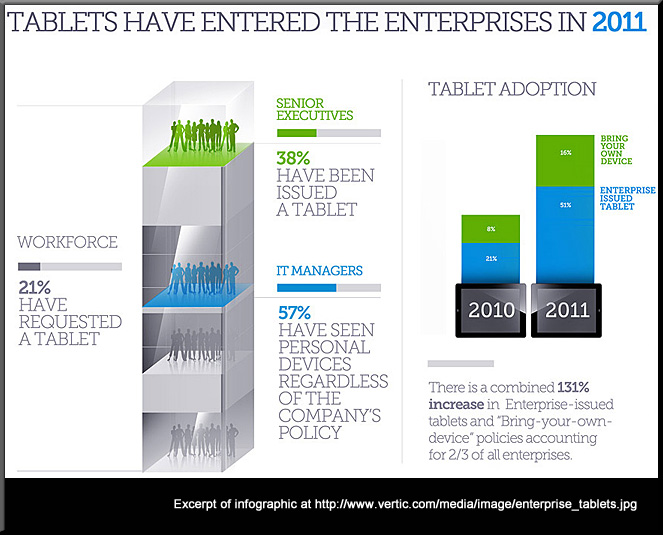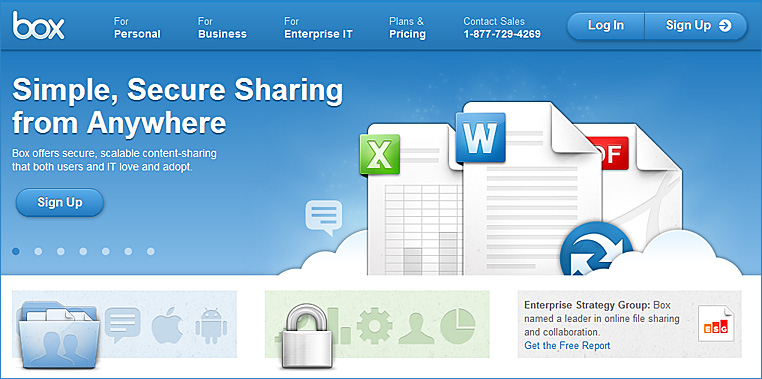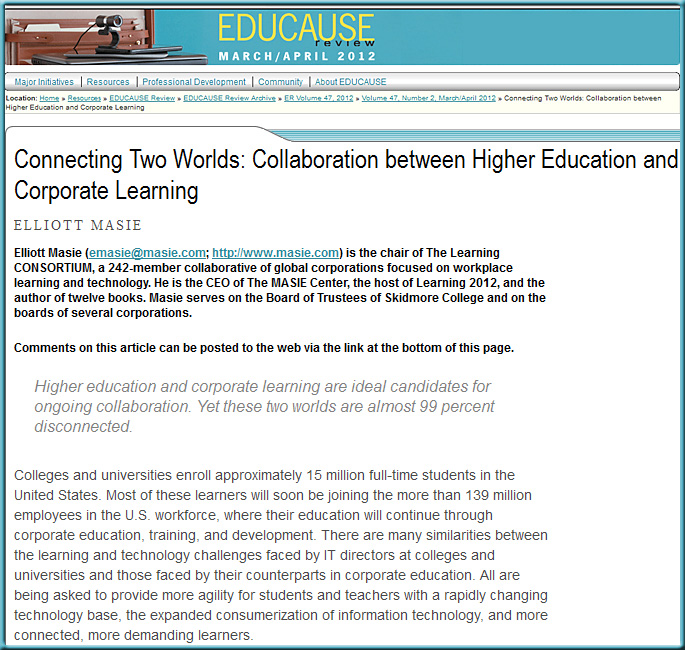From DSC:
Whether you’re talking the corporate world or the world of higher education…in this fast-paced and increasingly technology-driven world, the role that technology plays in our organizations’ strategic plans needs to escalate. That is, if our organizations want to survive, we cannot view IT as a cost center.
Instead, we need to wake up and realize the world in which we are living in. As such, our IT groups should be playing key roles in determining new business models and helping our organizations identify new sources of income. IT is not just about infrastructure and plumbing anymore (although that’s important as well). IT should be about becoming thee key leading group on campus or in your company. No joke.
If you doubt that or don’t think your IT group has it in them, than you need to identify which other group/dept is developing the strategic plans on how to ride the enormous waves of change being caused by the Internet, shifting consumer expectations, changing methods of tech-enabled communications, and the massive convergence of the TV, telephone, computer (as well as other forces).
A poster in our shop asserts that you can either ride the waves of change or be crushed by them. Along those lines, my father-in-law wisely reminds me that it’s much easier to ride on the front side of a wave than trying to play catch up on the backside of the wave.
Excerpt from Succeeding in the New Normal (from CampusTechnology.com by Dian Schaffhauser)
As IT administrators struggle to come to terms with the new normal, one truth is becoming clear: CIOs need to change the conversation about IT on campus. First, instead of driving their beleaguered IT staffs ever harder while service levels drop, they need to reset campus expectations about what IT can realistically achieve. Second, CIOs must rebrand their own organization. They need to start taking credit for how IT saves their institutions money. In the eyes of the university, IT has to go from cost center to efficiency expert.
…
“Technology people are inherently working to make things more efficient,” Carter points out. “But they do a lousy job of publicizing their results. They do a lousy job of measuring them. As we get more and more into things like performance funding, accreditation, and accountability, what you’re going to find is that IT leaders are going to have figure out a way to justify their existence, or they’re going to end up out of a job.”
From DSC:
I would argue that if IT leaders (at least those leaders who are effective in developing their organization’s strategy and who see the role of IT as different from its past roles) are going to end up out of a job, then the entire organization will end up out of jobs. No kidding. The world is changing rapidly, and people can no longer afford to view IT as simply a cost center. As Thomas Friedman recommends, “Know the world you’re living in.” As such, IT needs to be one of thee key drivers of business model change and overall strategy within your organization.
Addendum/also see:
- 61-year tenure for average firm in 1958 narrowed to 25 years in 1980—to 18 years now.
- A warning to execs: At current churn rate, 75% of the S&P 500 will be replaced by 2027.
- To survive and thrive, leaders must “create, operate and trade” their business units without losing control of their company.
- Study led by Innosight director Richard N. Foster, co-author of Creative Destruction.














